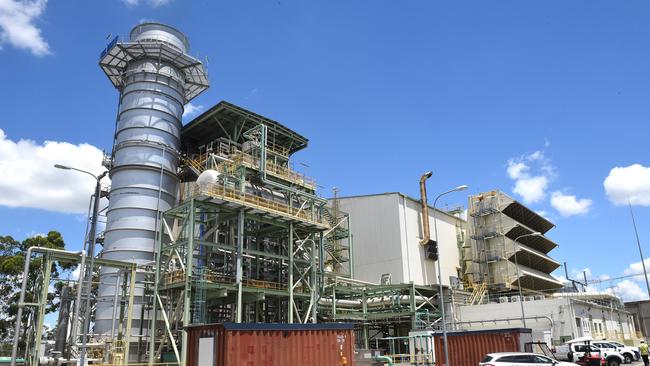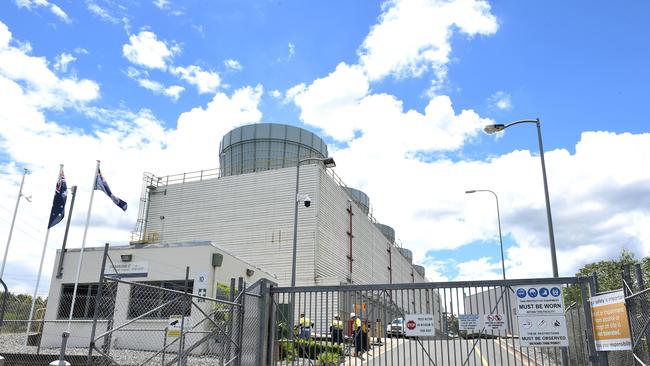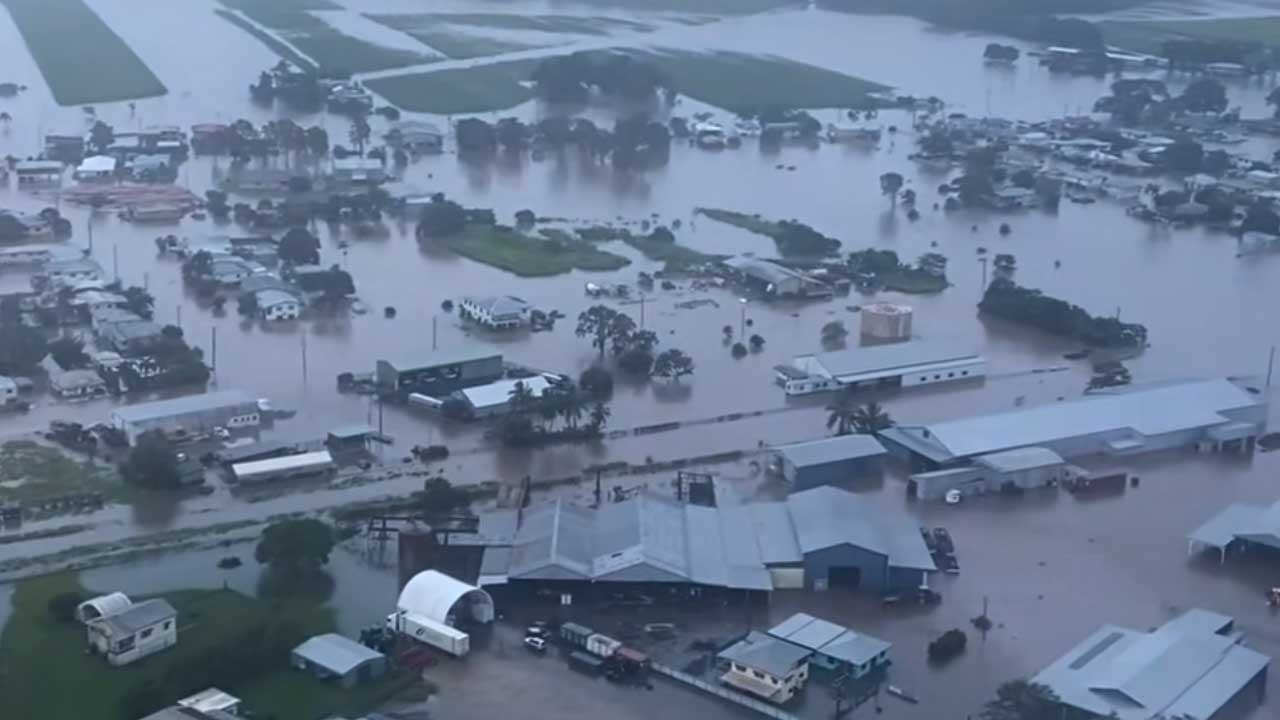Swanbank E and Wivenhoe hydro-electric power stations were ramped up after the recent fire that shut down Callide Power Station
A range of smaller generators kicked into action following the recent fire at Callide Power Station; here is what they contributed

Ipswich
Don't miss out on the headlines from Ipswich. Followed categories will be added to My News.
Ipswich’s Swanbank E Power station proved its worth during the recent blackout across the state caused by a fire at Callide Power Station.
Along with a series of other smaller electricity generators – including the Wivenhoe hydro-electric power station – Swanbank E gas-fired power station is able to be ramped up in times of high demand, or in emergency situations similar to what occurred on May 25.
With Callide providing roughly 10 per cent of Queensland’s demand, last Tuesday’s outage resulted in power loss to almost half a million homes and businesses, but power was able to be restored relatively quickly as smaller generators were brought online.
Those included Swanbank E, which ramped up from zero to an average of 300 megawatts after the Callide outage.
Wivenhoe Pumped Hydroelectric Power Station went from pumping water and consuming energy, to producing 530 megawatts over a four-hour period to help meet demand on the evening of the incident.

To put those figures into perspective, Callide, as the second biggest power station in Queensland, generates 1,540 megawatts.
A spokeswoman from CleanCo, which operates Swanbank, Wivenhoe, and several other smaller generators, said multiple sites were ramped up to compensate for the sudden loss.
“The flexibility and fast ramping capabilities of CleanCo’s low emissions portfolio, which includes Swanbank E, Wivenhoe Pumped Storage Hydro and the Barron Gorge and Kareeya hydros, meant CleanCo was able to quickly respond to the changes in the market following the incident at Callide Power Station on Tuesday 25 May 2021,” she said.
“CleanCo’s generation assets are currently available for dispatch, as required by the Australian Energy Market Operator (AEMO) to meet market demand. We will continue to work with AEMO to support the ongoing stability and reliability of Queensland’s electricity network, and to fulfil our mandate to supply affordable, reliable energy to Queenslanders.”

Swanbank E was undergoing maintenance at the time of the Callide incident, but was quickly and safely brought back online to support the evening peak.
The CleanCo spokeswoman said generators like Swanbank and Wivenhoe were most active in the evening when wind and solar drops off.
Water for the Wivenhoe hydro station is pumped up to Splityard Creek Dam during the day when solar and wind power is available, so that the water can be released when it is required.
Swanbank E and Kareeya power stations have run continuously since May 25, while Wivehoe and Barron Gorge have been used during peak times.
Swanbank E power station had been sitting dormant under the former LNP administration from 2014 until 2017, when the state government directed energy producer Stanwell Corporation in 2017 to reignite the station as part of its Powering Queensland Plan.
It returned to operation in January the following year and has been credited with decreasing electricity prices while helping the state deal with peak demand.
Queensland Energy Minister Mick de Brenni said the state was fortunate to have a diverse range of electricity generators as back-up.
Mr de Brenni said additional capacity from the Wivenhoe Pumped Hydroelectric Power Station and Swanbank E Power Station brought the system back into balance.
“What last week demonstrated was the important role our diversified, publicly-owned generators play in securing supply and stabilising the network,” he said.
“When Callide C went down, we were able to boost both Wivenhoe and Swanbank E to help fill the deficit.
“This ultimately helped keep the lights on in Queensland.”
Originally published as Swanbank E and Wivenhoe hydro-electric power stations were ramped up after the recent fire that shut down Callide Power Station



